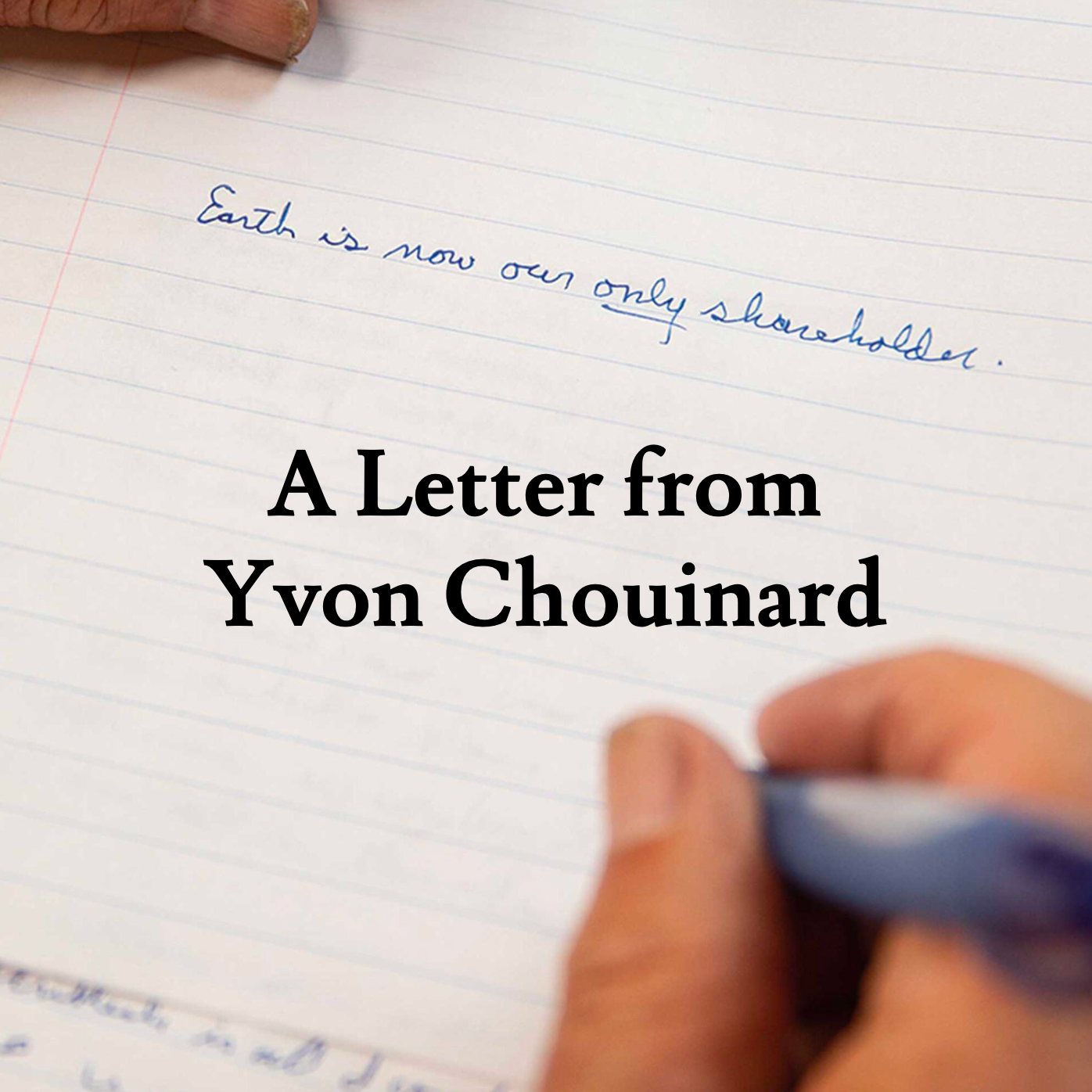The beauty of expeditions like this is that they become so effortlessly simple. Days pass under the same routine. You wake before dawn and eat breakfast while planning the section ahead.
Then the first rays hit and, unable to withstand the heat on the riverbank, you pile into the rafts and paddle with the current. After a time, you pause and sit in the shallows, resting, then paddle some more. Pause for lunch. Paddle. Pull up for dinner on the bank. Make fire, cook and eat. Retire to the mosquito domes.
Sleep. Wake. Repeat.
This routine saw us through Moll Gorge, then brave the Badlands, a segmented, moving mass of vegetation where we had to double back again and again in order to move forward.
Little red flying foxes, a key pollinator of the tropics, massed overhead or watched us from the safety of the paperbark canopy. On the other side of this natural maze, we were met with stands of pandanus, also known screw palm trees. Here, we glimpsed a sight of the purple-crowned fairy wren, one of Australia’s most elusive and endangered creatures. Ian Bool was rapt to see their presence after the deluge. “It’s a sure sign of a healthy ecology when you see these birds. The purple-crown fairy wren is like a River spirit, it means you’re in good, healthy Country.”
A few miles further downstream, there was a less welcome lesson on the catchment’s ecology. “Just so we’re all aware,” Lachie called out nonchalantly from his place in the forward raft, “after the flood that just went through, saltwater crocodiles could be anywhere from here on down.”
Everyone moved a little closer together, a thin layer of rubber separating us from the current – and whatever was lurking beneath.
A week in, the rafts began moving faster as the waters met a confluence. The current began to pull more strongly and we realised that we were upon the Fitzroy River itself.
But there wasn’t much time for reflection: rapids opened up before us and the rafts were forced back into the white water as we approached the biggest drop of the trip so far.
The crew in the forward raft were at the top of the rapids one moment and then were gone, dropping down into the bowl below. The rear raft quickly followed, the rapids threatening to capsize it in the flow.
Once everyone had caught their breaths, we realised we were now in Bunjay, Sir John Gorge. The magnificence of this place cannot be understated. The sheer, luminous walls of the gorge, held by the evening light, shone scarlet as we drifted towards camp.
We stayed in the canyon for some days, resting and reflecting, catching black bream and cooking them on the coals while storms drifted in to cool down the rocks on which we camped. But then the time came to leave, with the beauty of the next part of the catchment drawing us on.
At the bottom of the gorge, back on the flat water, Ian Bool stared in disbelief. “I’ve been here before,” he said. “There, on that bank, was a gigantic boab tree. It was hundreds of years old.” He shakes his head. “There’s literally not a trace of it left.”
The disappearance of the boab foreshadowed the perils of the river which are ever present. Coming out of the gorge, the rear raft became snagged in river vegetation and everyone in it was thrown into the rapids, forcing them to swim to the banks. Barely six foot deep in the middle reaches, the power of the current here was extraordinary. Within a week of leaving this section, flash flooding brought the flood markers to over 30 feet.
But this was a later concern. All we focused on then and there were the rafts, ensuring their water tightness as we drifted down into Dimond Gorge, an enormous area with a particular environmentalist history.
In the late 1990s, a proposal was brought forward to dam the gorge as a means to grow cotton through the catchment. Everything in Bunjay/Sir John Gorge and beyond – the panels of artwork, the Dreaming sites, the side gorges and ecology, the aquatic flora, in essence the millions of years of geological and biological development and the millennia of human and cultural heritage – would have been drowned beneath the waters.
All gone.
Nations along the river knew what was at stake. They strongly opposed the dam, and the fight to prevent it moulded a new environmental awareness across the broader Kimberly region.
It’s sometimes important to give thanks and across the rafts, as the fellowship paddled out of Dimond Gorge, there was a collective sense of gratitude for the actions of those who had come before us.
















